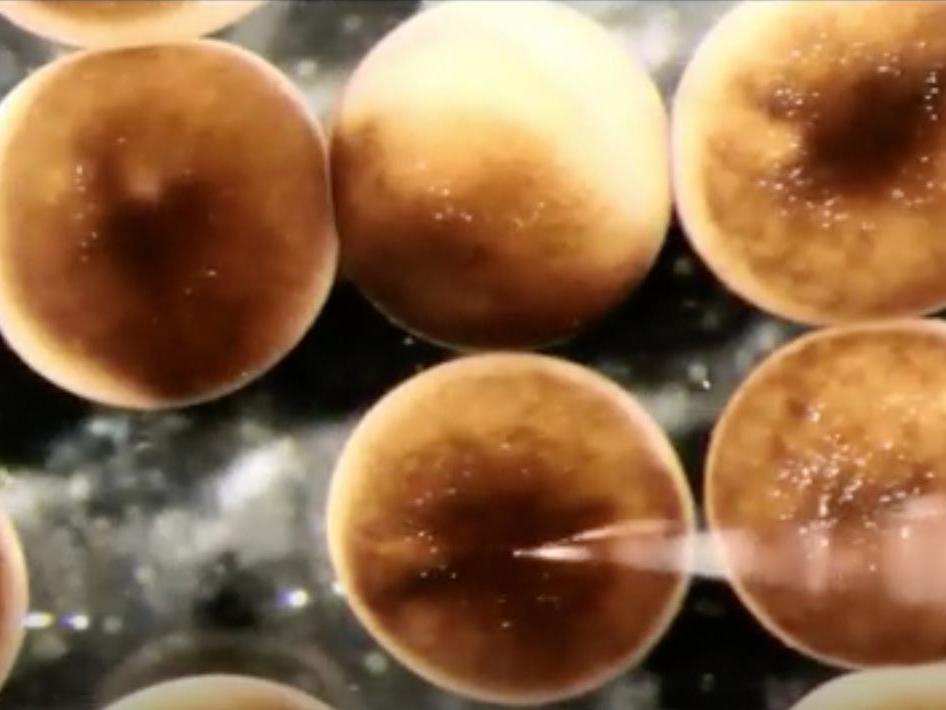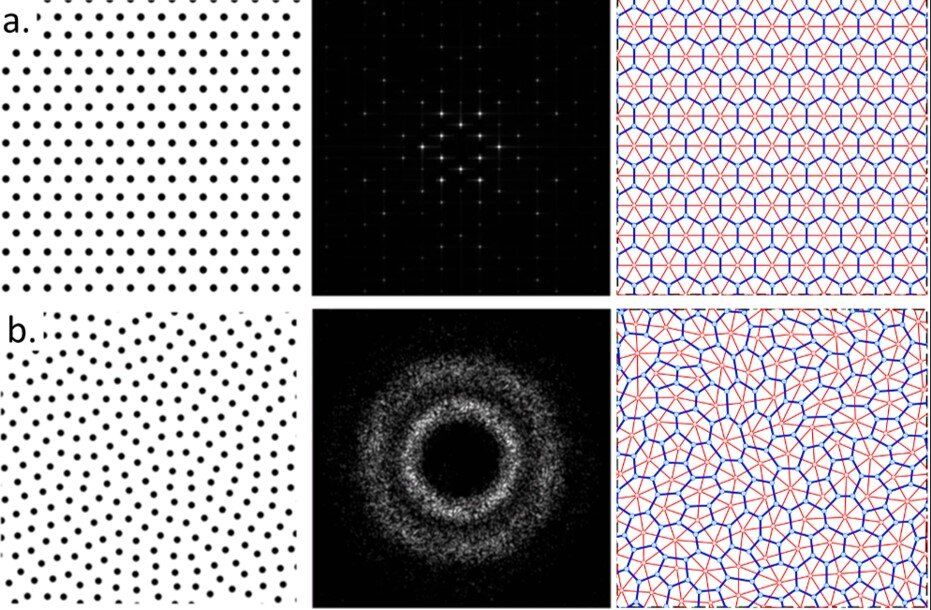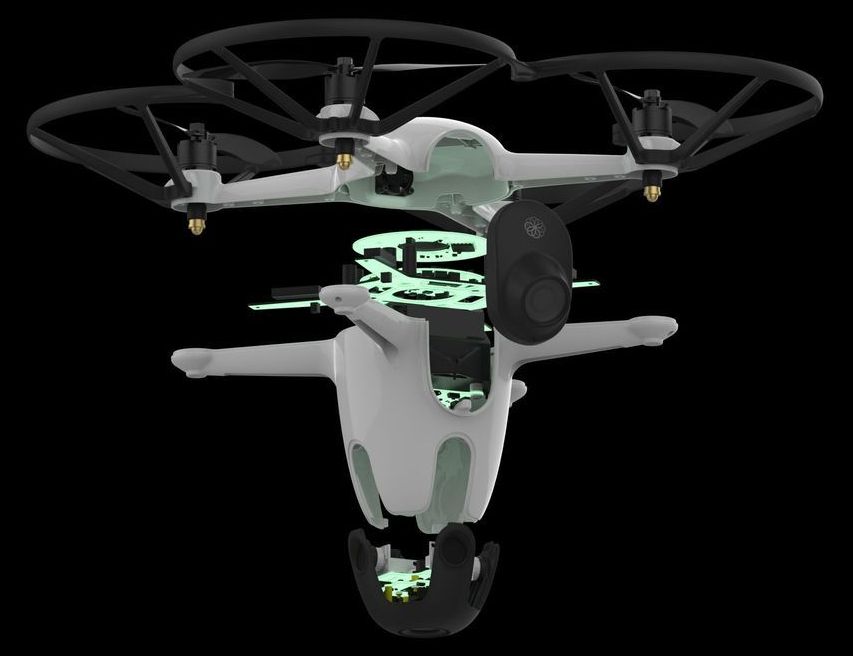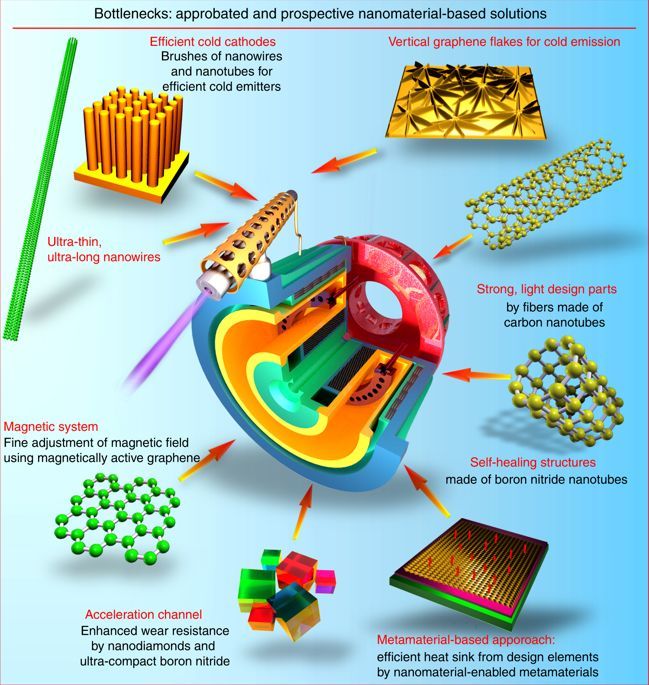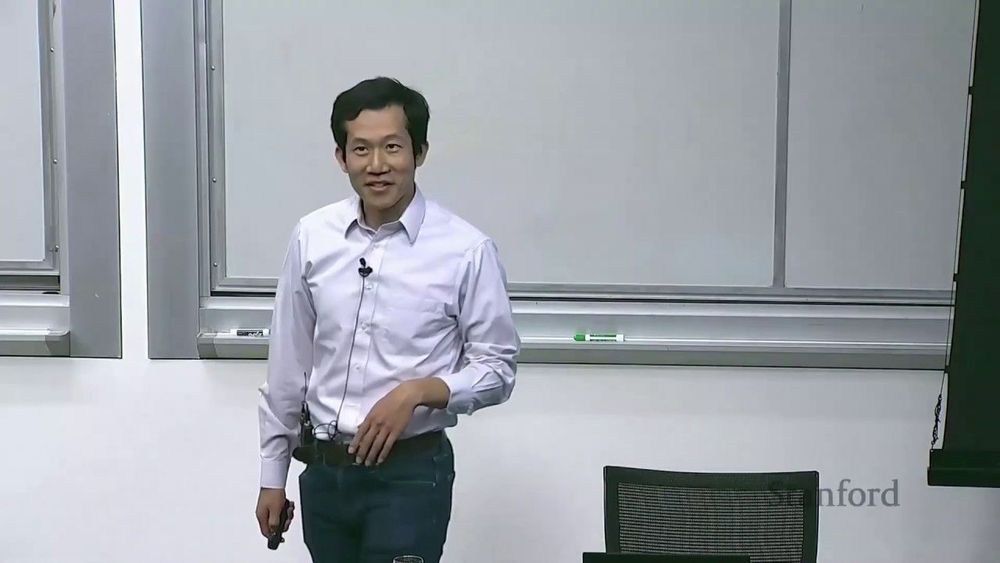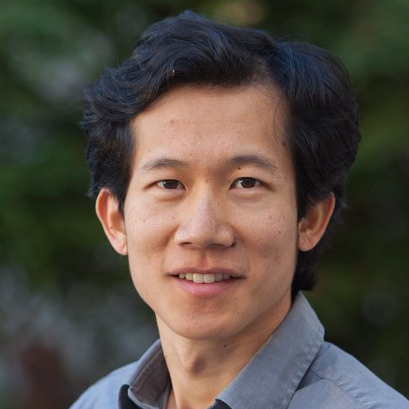In reality, Shudu, who has 196,000 followers on Instagram, is more painting than person. She’s a 3D digital animation made by an Englishman named Cameron-James Wilson, who bills his creation as “the world’s first digital supermodel.”
Influencers, beware: hot bots are coming for your jobs. Shudu is representative of a growing crop of beautiful and highly realistic avatars on social media, created for the sole purpose of gaining followers and making money. And it’s working — these otherworldly beauties are landing lucrative partnerships with the biggest names in fashion, such as Balmain, Calvin Klein and Dior. Social-media-savvy celebrities are embracing them as well; Kim Kardashian, Bella Hadid and Zendaya have all appeared in photos and videos with their digital counterparts. Even top modeling agencies, including IMG and Lipps, have signed on to manage the most popular bots.
“Over the past few years, this has really taken off,” Wilson, who runs the virtual-influencer company the Diigitals, tells The Post. Wilson, 30, now controls the careers of seven robot models who, like human influencers, post sponsored content on social media for money. “My company has grown massively. This is a really lucrative industry.”


